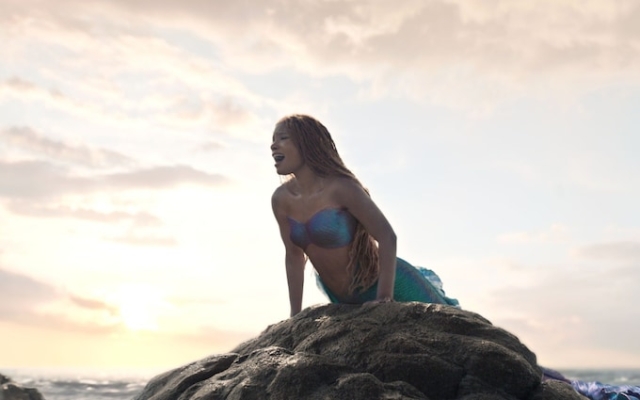 Love story: Halle Bailey in a new action movie. Photo: Disney
Love story: Halle Bailey in a new action movie. Photo: Disney
What do you think when you hear the word «mermaid»? You are most likely imagining a beautiful girl with a shiny fishtail, bare breasts, flowing hair, looking into a mirror: a scene straight from the pen of early 20th century Golden Age illustrators Arthur Rackham and Edmund Dulac. Or perhaps you see Ariel in Hans Christian Andersen's 1989 Disney cartoon The Little Mermaid with her cherry red hair and purple shell bikini. That romanticized Disney vision seems destined to endure in this month's live-action reboot (although the casting of young black singer and actress Halle Bailey as Ariel has sparked as much racist backlash as celebration, upsetting purists who insist the mermaid Andersen's tales of 1837 was white).
But Andersen's story had an older, stranger, and more subversive source. His story of a mermaid who, having fallen in love with a prince, is forced to sacrifice her voice to become human, was primarily influenced by Ondine, an 1811 German romantic novella by Friedrich de la Motte Fouquet, which in turn was inspired by the occultist XVI century Paracelsus, who coined the word «undine» to describe a water elemental that can only acquire a soul by marrying a human.
However, the legend of the mermaid, like other tales, has been circulated in many parts of the world for thousands of years. One of the earliest myths about measures dates back to around 1000 BC. In Assyrian mythology, the goddess Atargatis, who has been revered throughout the Middle East for thousands of years, after throwing herself into a lake, takes the form of a half-fish, half-man. The Yoruba spirit Yemoja, represented as a mermaid, appears under other names as the Mother Goddess of the ocean and the river — Yemaya, Yemanja, Yemoyya, Yemaya — all over the world.
Mami Wata — a water deity, sometimes known as the Siren — revered in Haiti and many parts of Africa, often depicted as a mermaid with a mirror that allows you to move from one plane of reality to another. And so on, from the ningyo of Japanese folklore to the syokonar of Scandinavian sagas. The mermaid is one of the most powerful archetypes in our shared dreams.
It was not always understood as mythological. In the Middle Ages and later in European bestiaries and illuminated manuscripts, mermaids were depicted as real creatures. On several occasions, fishermen claimed to have caught them in their nets. Early explorers reported sightings of mermaids, although it is more likely that they were dolphins, fur seals, or manatees misidentified by sailors expecting to encounter exotic animals on their voyage. Since then, people have been persistently searching for evidence of the existence of mermaids (so far without success).
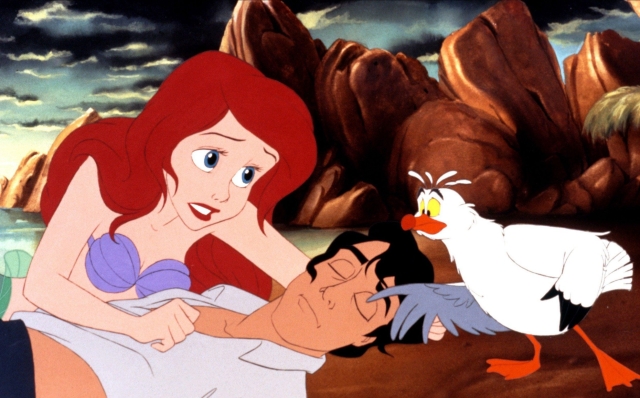 On The Light Side: Ariel, Prince Eric and Scuttle in the 1989 Disney cartoon. Photo: AJ Pics/Alamy Stock Photo
On The Light Side: Ariel, Prince Eric and Scuttle in the 1989 Disney cartoon. Photo: AJ Pics/Alamy Stock Photo
What does mermaid mean? Why has the half-fish, half-woman become such a powerful and enduring legend? At the heart of these stories is the issue of female power. Fairy tales play an important role in challenging social roles and enable people to discuss difficult or taboo topics through safe metaphors—in this case, using the image of a woman whose irresistible sexual power over men is balanced by her own inability to function sexually and reproduce.
In the old days, when pregnancy and childbirth often ended in death, this may be nothing wrong: a mermaid can neither be raped nor forced to give birth. Not being human, she is bound neither by the conventions of human society nor by the laws of the Church. She enjoys the freedom and sensuality of her element without any accompanying danger
or discomfort.
In her pre-modern form, the mermaid was independent and could exercise sexual power over men, which made her ultimately dangerous, unnatural: a monster. Perhaps that is why so many ancient myths and bestiaries portray mermaids as unreliable, deceitful creatures that lead sailors to their doom. Their bodies are full of sexual promises, but no sexual reward; and their voices are so charming that they drive people crazy.
This failure to fulfill what some see as a woman's biological destiny explains why mermaids are so often portrayed as soulless. Because the woman who uses without being used, who seduces without being seduced, who moves through water and air—whereas men are doomed to drown if they dare to enter the world of mermaids—is a challenge to God, patriarchy, and order itself. .
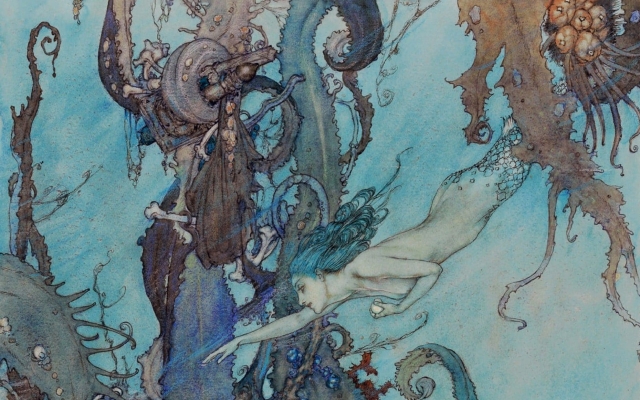 Fish Tale: Detail from a 1911 illustration for Andersen's The Little Mermaid by Edmund Dulac. Photo: Pierce Archive LLC/Buyenlarge via Getty Images
Fish Tale: Detail from a 1911 illustration for Andersen's The Little Mermaid by Edmund Dulac. Photo: Pierce Archive LLC/Buyenlarge via Getty Images
In The Little Mermaid, Andersen went to great lengths to tame this older, more radical tradition. The morality of his story serves the dual purpose of possessing the mermaid—making her a victim of human charms rather than in the more traditional way—and depowering her. The mermaid, rendered helpless by the love of her prince, renounces her native element and the autonomy that comes with it, and exchanges it—through a sorcery spell—for a pair of legs, though walking causes her terrible pain.
She also gives up the ability to speak, which means she is unable to express her love in any other way than physical. And if her prince falls in love with another, then the mermaid is doomed to instant death and the loss of her soul, for which she sacrificed everything. Her whole being—her very existence—becomes dependent on the love and approval of her prince. Her independence, her challenge to the patriarchal status quo is no more.
Although the ending of Andersen's tale is somewhat redemptive (a mermaid who refuses to take the life of her prince to save her own life is raised by the spirits of the air and promises an eternal soul), it also seems very cruel, especially since the heroine is only 15 years old. The modern reader may well see this story as a warning to the nascent women's movement — after all, women's power is often seen as fragile, unnatural, and driven by emotion.
Unlike Andersen's submissive tragedy with the mermaid and Prince Andersen, and before it, Undine Fouquet, the 1989 Disney cartoon (with one eye glued to a sensitive American family audience) predictably rewarded Ariel and her Prince Eric with a long and happy life. . And it told their story in a fun, colorful palette — in stark contrast to the original dark, eerie concept drawings of The Little Mermaid that Kay Nielsen created for Disney in the 1950s, decades before the movie was actually made, which are better. convey tone. disturbing fairy tale by Andersen. While highly enjoyable for children, Disney animation ultimately reduced the mermaid's original alienness and minimized her sacrifice, turning her story into nothing more than a love story with a hint of danger.

At the same time, both Disney and Andersen's The Little Mermaid retained a number of folklore tropes. It is also important that the sea witch who bewitched the mermaid corresponds to the archetype of an elderly woman well known from fairy tales: embittered by age, envious of the youth and beauty of the mermaid. It is she who demands the voice of a mermaid as payment for her services — a powerful image of the older generation, silencing the voices of the youth. (According to Andersen, she also demands that the mermaid's sisters cut their hair to save their brother.)
The older woman is full of rage and contempt for the younger; enjoying her humiliation and the loss of her power. And like the tentacled Ursula in the Disney version, she's especially monstrous.
However, Andersen and Disney, however different their stories, have reversed or masked the more destructive and dangerous elements of the original folklore. This is nothing new: fairy tales have always been reinvented to serve or speak to the needs of a changing time—as early as 1853 Charles Dickens had already complained about the tendency to rewrite fairy tales to fit didactic, contemporary concerns—so the fact that that the mermaid has strayed even further from her ancient origins should not be cause for concern.
Today, the mermaid has become a symbol of the trans community, whose members are often particularly sensitive to the generation gap; it has also become a growing part of cosplay culture, with «mermaid» enthusiasts posing (and sometimes even swimming) with fishtails. And there will always be endlessly creative ways to retell the tradition. For example, in the 2008 Studio Ghibli animated film Ponyo, acclaimed Japanese director Hayao Miyazaki turned his story of a goldfish who dreams of becoming a human into a charming reflection on childhood.
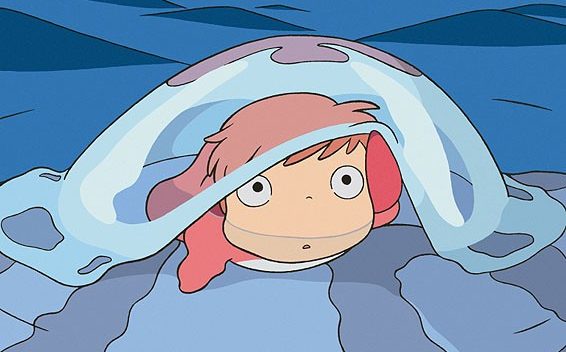 Fascination: Still from the 2008 film Ponyo. Photo: Film Stills
Fascination: Still from the 2008 film Ponyo. Photo: Film Stills
But it's time for our stories to rediscover some of the mermaid's once-destructive, alien powers, untainted by her subjugation to the mundane of the human world. After all, in fairy tales, magic acts as a metaphor for the transformations that we all strive to bring about in our lives, in ourselves and in the world around us. This is why stories like these resonate so deeply with us. Otherwise, why would we cling to them, retell them in so many ways?
They teach us — children and adults — not that magic exists, but that change is possible. They teach us not that dragons exist, but that monsters can be defeated. And they can teach us to hope in a world that is becoming more harsh and confusing every day, that even in the face of the most brutal tyranny, we can still control our destiny and hope for a happy future. the ending is not just a Disney wedding, but something more meaningful.
That's why an integral part of the mermaid is so important — her freedom. Fairy tales can be stories about the restoration of power, as well as about the rejection of it. Mermaids will continue to work their magic on us. And now, perhaps more than ever, it's time to listen to their song.
Joanna Harris' Broken Light (Orion, £20) is out now; The Little Mermaid is in theaters May 26.












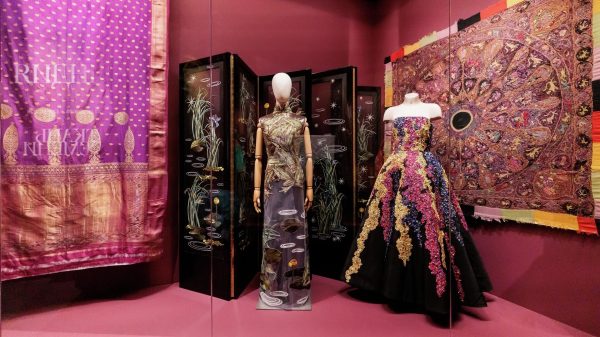







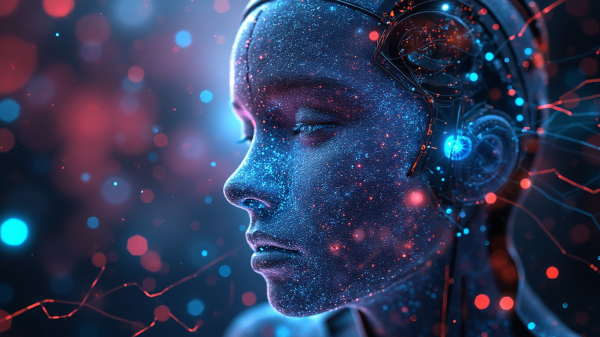
































Свежие комментарии